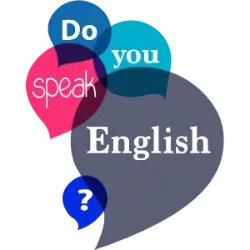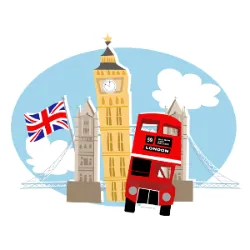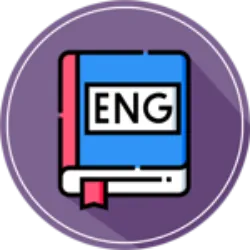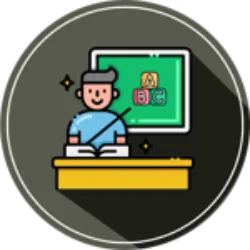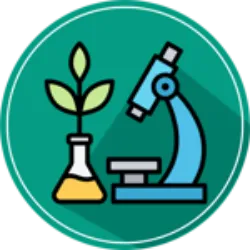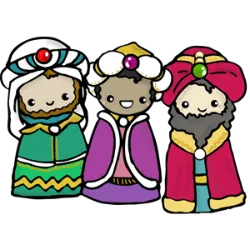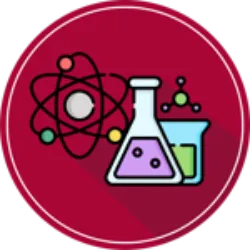Personal Introductions
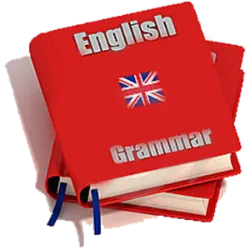
Personal introductions are essential for initiating formal and informal interactions. The basic structure includes greeting, name, origin, age, profession and interests.
1. Greeting and Name:
Use
Example:
2. Origin:
To indicate the place of origin, use
Example:
3. Age and Profession:
The common structure is
Example:
4. Hobbies and Interests:
We use
Example:
Full Example:
Daily Routine in English
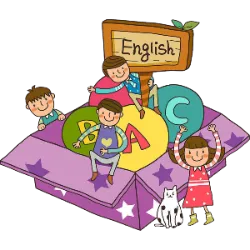
Describing a daily routine in English involves using the Simple Present with singular or plural subjects. The basic structure follows the format:
Subject + present tense verb + complement.
1. Common Verbs in Routine:
2. Complete Routine Example:
Test yourself with one of these challenges 👇
Discover some interesting facts about Basic English
Talking about family and friends
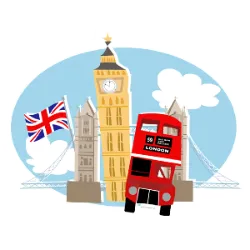
We use possessive pronouns (
1. Common Vocabulary
2. Presentation Examples
3. Complete Example:
Places and Directions
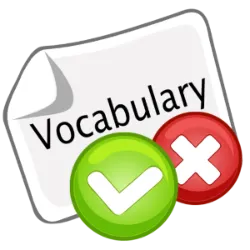
To describe places and give directions, we use prepositions of place (
1. Vocabulary:
2. Prepositions of Place
3. How to Give Directions
4. Complete Example:
Shopping and Money
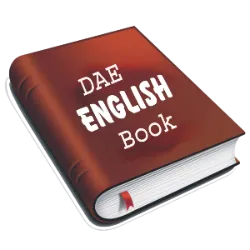
Vocabulary related to shopping and money is essential for communication in markets, shops and restaurants. The main structures involve asking prices, payment methods and common shopping expressions.
1. Asking the Price
2. Answering about Prices
3. Payment Methods
4. Example of Dialogue in a Store
-
-
-
-
Climate and seasons
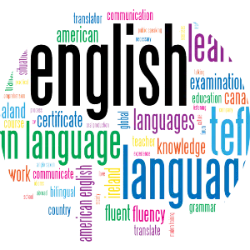
Talking about the weather and the seasons is essential for everyday interactions. In English, we use fixed expressions like
1. Common Vocabulary
2. Weather Questions and Answers
3. The Seasons
4. Complete Example:
Preferences and Hobbies
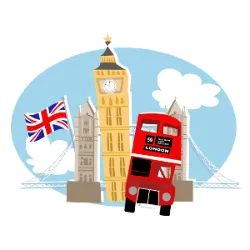
When we talk about what we like or don’t like to do, we use the expressions “I like” and “I don’t like”. If we want to be more specific, we can use words like love, enjoy or hate.
Examples:
- I like reading.
- I love playing soccer.
- I enjoy listening to music.
- I don’t like swimming.
- I hate waking up early.
Interrogative form:
To ask about preferences, we use Do you like…?
- Do you like dancing?
- Does she like pizza?
If the answer is yes, we say Yes, I do. If it is no, we say No, I don’t.
Test yourself with one of these challenges 👇
HOME
